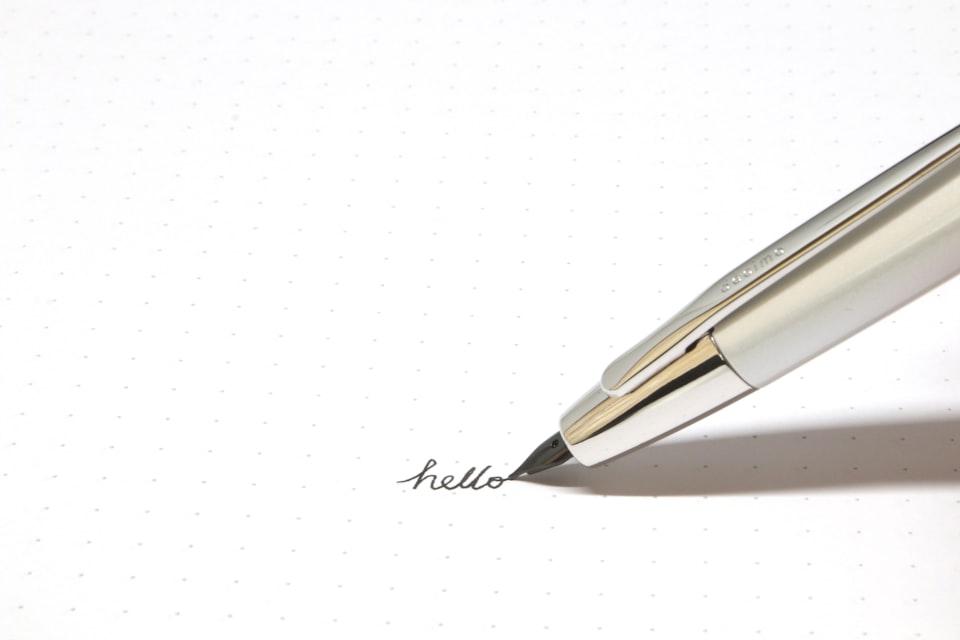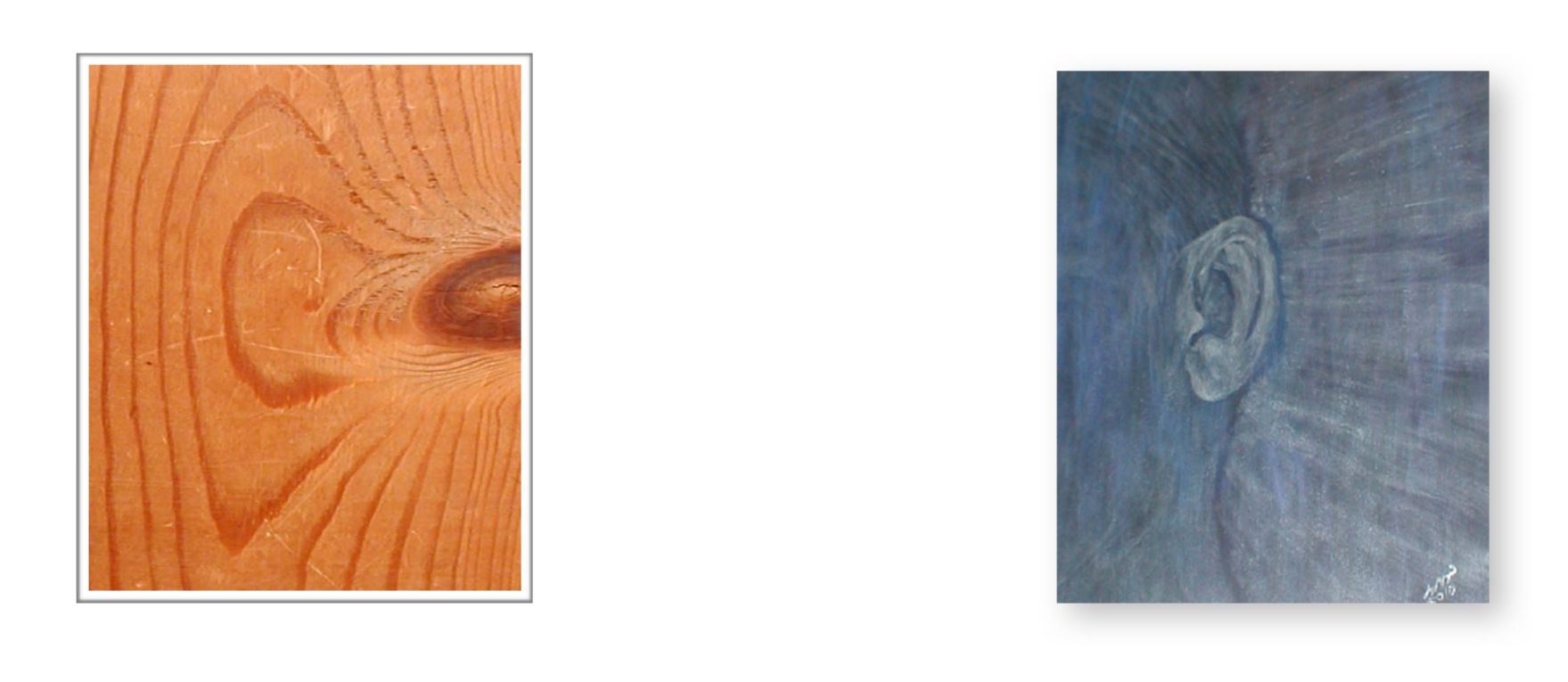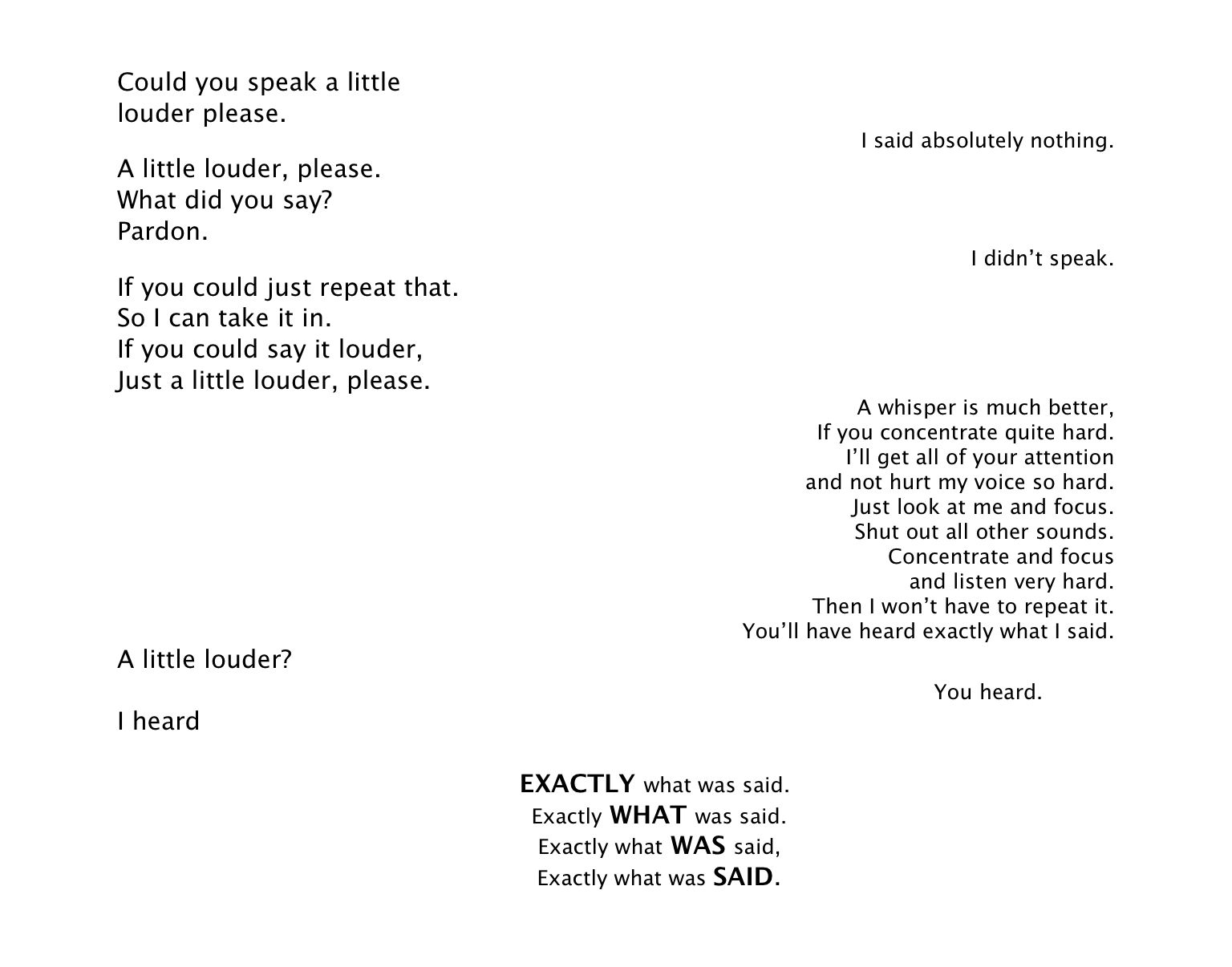Writers' Ways 4

....The above message says ‘Hallo’. it is good to see you back.
Something which helps the process when formulating ideas for writing is known as:
A Journalist's 5W dictum
Who, What, Where, Why, When, (And How)
In the previous post on Writers’ Ways, I used ‘trees’ in an example. To continue with the same word:
Who am I to write about trees? I am just an individual who likes trees; likes writing; likes painting; likes being among trees. What links this to my other work [Knots of Wood]? Well, a knot of wood which caught my eye came from a tree albeit many many years ago. Where was it? This was, and still is, in a plank of wood on a floor. Because of its position and where many feet had walked over it, the softer wood around the centre had worn and this emphasised the impression of an eye with the eyeball in the middle. In turn this reflects the light above because in that central part is very smooth. Why write about it? Nearby were some other knots in other planks of wood which, to my mind, resembled something else. And one thing tends to lead to an other. When did this happen? I first became aware of it some years ago and the ideas developed and became a project. if you have seen the previous work you will have met ‘The World’ and ‘Ripples’
Did you try the exercise?
Ripples, the previous post, ended with a creative writing exercise. Did you select a word and jot down the lines of thought this led you to? if so, you could look back and question with the dictum of Who, What, Where, Why, and When to see if this helps you to develop writing around that word. Or choose another word and see where where it leads.
If you have seen the previous Writers’ ways posts then you will have met ‘The Eye’, ‘The World’, and ‘Ripples’. In the next Knot you will meet ‘The Ear’.

We might be able to hear – but do we really listen?
This knot, and its similarity to the ear, inspire the following questions and poems:
Do we always listen ? Do we? Do we really listen?

Each knot of wood had led to creative bursts of painting, poetry, and prose. The prose part in this section of my Knots of Wood project was slightly different to the others. I wrote a letter to a friend about meeting her mother who had been deaf since birth, but who had overcome adversity and lived a normal, healthy, active life. I had not appreciated the hardships involved and this led me to thinking about whether my sense of hearing was as good efficient as it should be. I will share extracts of this letter with you.
Dear Mary, ...My experience of communicating with the deaf was through learning the alphabet on my fingers in order to speak with members of a local club at a tea party, to obtain a the Girl Guide badge for ‘Friend to the Deaf’. I achieved my aim at the time, and never forgot that alphabet, though I took the skill no further...
...I once went to the theatre when there was a ‘signed’ performance and I spent more time watching the lady signing at the side of the stage than concentrating on what was happening. How amazing that such an opportunity can be made available...
...The story of your mother and family life is yours to tell. I am glad that hearing some of it has helped my understanding of how difficult life can be with a disability, and how obstacles can be overcome...Thank you. With love from...
Were you listening or distracted?
The poem in the previous post, ‘Surreptitious whispers causing ripples’, is an illustration of what might happen if we are not listening with concentration. We might not be hearing accurately, or may miss the point of a conversation.
Another creative writing exercise to try:
- Over the next week, perhaps you could take note of times when you positively know that you have been inattentive, or when you realise that someone else has been distracted while you were speaking.
- Or you may note a time when you wished you had heard a complete conversation, even if you should not have done so, and as a result drew your own conclusions. Or you may have been left wondering for ever after exactly what that conversation was all about.
Well, anything could grow from that. It is yours to tell.
To either conversation always think:
WHO is it about? WHERE did it occur? WHAT was it about? …etc.

Member discussion